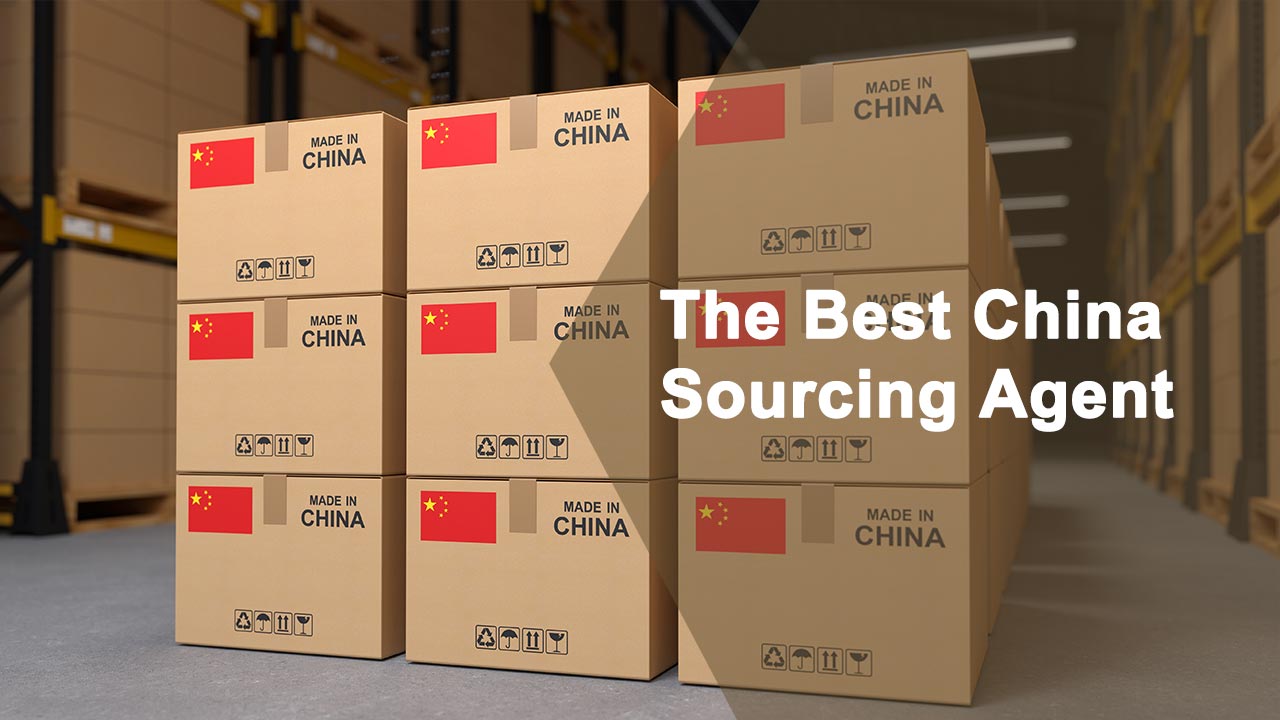Importing goods from China to Vietnam can be a profitable business venture if approached with careful planning and execution. Here’s a detailed guide to help you navigate the process:
1. Research and Planning
Identify Your Product
- Determine the specific product(s) you want to import.
- Check if the product is allowed in Vietnam and if it requires any special permits or certifications.
Market Research
- Analyze the demand for your product in Vietnam.
- Understand the competition and potential pricing.
2. Finding Suppliers
Online Marketplaces
- Use platforms like Alibaba, Global Sources, and Made-in-China to find suppliers.
- Verify the credibility of suppliers through reviews, certifications, and third-party audits.
Trade Shows
- Attend trade fairs and exhibitions such as the Canton Fair to meet suppliers in person.
Quality Assurance
- Request samples to assess the quality of the product.
- Consider using third-party inspection services to ensure product quality before shipment.
3. Negotiating and Placing Orders
Negotiation
- Discuss terms of payment, delivery timelines, and Incoterms (FOB, CIF, etc.).
- Negotiate pricing and minimum order quantities (MOQs).
Contracts
- Draft a clear contract detailing the terms and conditions.
- Ensure it covers product specifications, payment terms, delivery schedules, and dispute resolution mechanisms.
4. Shipping and Logistics
Shipping Methods
- Choose between air freight and sea freight based on urgency and budget.
- For larger shipments, sea freight is usually more cost-effective.
Freight Forwarders
- Consider hiring a freight forwarder to handle the logistics, documentation, and customs clearance.
- They can provide door-to-door service, simplifying the import process.
5. Customs and Duties
Import Regulations
- Check the Vietnam Customs for import regulations and documentation requirements.
- Ensure compliance with the Vietnam Ministry of Industry and Trade regulations.
Tariffs and Duties
- Understand the applicable tariffs and duties for your product.
- Use the Vietnam tariff code to determine the duty rate.
Required Documentation
- Commercial Invoice
- Packing List
- Bill of Lading (for sea freight) or Air Waybill (for air freight)
- Certificate of Origin
- Import permits (if required)
- Customs declaration form

6. Customs Clearance
Customs Broker
- Consider using a customs broker to handle the clearance process.
- They can assist with the accurate completion of paperwork and expedite the process.
Payment of Duties and Taxes
- Pay the necessary import duties and VAT.
- Ensure all payments are made to avoid delays in customs clearance.
7. Delivery and Distribution
Transportation
- Arrange for transportation from the port of entry to your warehouse or distribution center.
- Consider insurance to protect against potential loss or damage during transit.
Distribution
- Plan your distribution strategy within Vietnam.
- Ensure timely delivery to your customers or retail partners.
8. Compliance and Legal Considerations
Health and Safety Standards
- Ensure the product complies with Vietnamese health and safety standards.
- Obtain necessary certifications if applicable.
Intellectual Property
- Verify that the product does not infringe on any patents or trademarks.
9. Payment and Currency Exchange
Payment Methods
- Use secure payment methods such as letters of credit (LC), telegraphic transfers (T/T), or escrow services.
- Negotiate favorable payment terms with the supplier.
Currency Exchange
- Be aware of the exchange rate fluctuations.
- Use forward contracts or other financial instruments to hedge against currency risk.

What is the Cheapest Way to Import Products from China to Vietnam?
Finding Affordable Goods:
- Use platforms like 1688 to find suppliers offering lower prices for bulk quantities.
Optimizing Shipping Fees:
- Shipping fees are influenced by the weight, volume, and delivery time of the goods. Choose the courier or shipping method based on these factors.
Tips for Successful Importing from China to Vietnam:
- Build Relationships: Establish strong relationships with your suppliers to ensure reliability and better negotiation leverage.
- Stay Informed: Keep up-to-date with changes in import regulations and market conditions.
- Risk Management: Consider all potential risks and have contingency plans in place.
Importing from China to Vietnam can be a profitable venture if done correctly. By thoroughly researching and planning each step, ensuring compliance with all regulations, and establishing strong supplier relationships, you can minimize risks and ensure a successful import business.
If you’re new to importing, it may also be beneficial to consult with experts or hire services to guide you through the process.
Leave a Reply